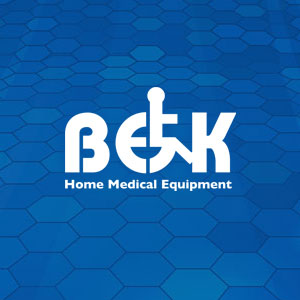
A few days ago we covered the first of the 3 P’s of incontinence, today we are going over the second P, Product, there are a ton of great products out there, but where do you start? After this guide we feel confident you will know!
Product
Depending on the level of incontinence there are a variety of incontinence products geared towards keeping dry and healthy skin. Incontinence is broken into four levels of severity:
Light- for occasional leaking during certain events, such as laughing, sneezing, exercising or lifting heavy objects. For those who may experience a small amount of urine leakage when the bladder is full.
Moderate- for frequent dribbling or occasional moderate flow of urine, requiring a steady need for containment. For those who experience moderate leakage when the bladder is full.
Heavy- For a heavy flow of urine that requires constant containment and all over protection. For those who sometimes experience a sudden and intense urge to urinate.
Severe- For severe urinary or fecal incontinence that requires constant containment and all over protection. For continuous, heavy leaking of urine day and night, or frequent uncontrollable flow of large volumes of urine.
Understanding the level of incontinence can make product selection much easier. In terms of protective incontinence wear there are three basic types of protective garments, many of which are available to handle everything from the lightest incontinence to the heaviest.
Briefs– An adult brief, commonly referred to as diapers, is the preferred type of incontinence item for caregivers to use. Tape sides allow adjusting to ensure proper fit, briefs have standing leak guards to prevent unnecessary leaks, and can be changed without the removal of clothing. Briefs tend to also have the higher level of absorbency of any incontinence items. Here are some great examples of a good candidate for using briefs:
- If the individual is immobile or has limited ambulatory function briefs can make changes easier because the complete removal of pants and underwear is not necessary.
- Briefs have a higher absorbency than pull ons, making them the best choice if the individual using the briefs is completely incontinent or is immobile and cannot use the bathroom with any regularity.
- Since briefs have a higher absorbency, they result in fewer changes. This is ideal if the individual is in a situation where changes cannot be made, as often or there is a strict budget for purchasing any incontinence items.
Pull Ons– Adult protective underwear commonly referred to as pull ups or disposable underwear, contain elastic waistbands and are generally preferred by incontinence users who are more active, the ideal user will still be ambulatory and will use the bathroom when possible. Pull ons come in a variety of waist sizes, have elastic waist bands for a snug and comfortable fit, can easily be pulled up and pulled down like underwear, and have standing leak guards to prevent unnecessary leaks. Pull-on garments are more discrete and fit more closely to underwear, which provides less bulk without sacrificing protection. Here are some examples of situations where pull ons would be your best choice:
- If the individual is ambulatory and prefers to use the bathroom when possible but requires incontinence protection for when they can’t make it to the bathroom in time, pull ons are a great choice.
- If the individual only has light incontinence and requires occasional protection from leaks or accidents.
- If the individual is looking for a more discreet garment that is available from light protection through sever protection.
